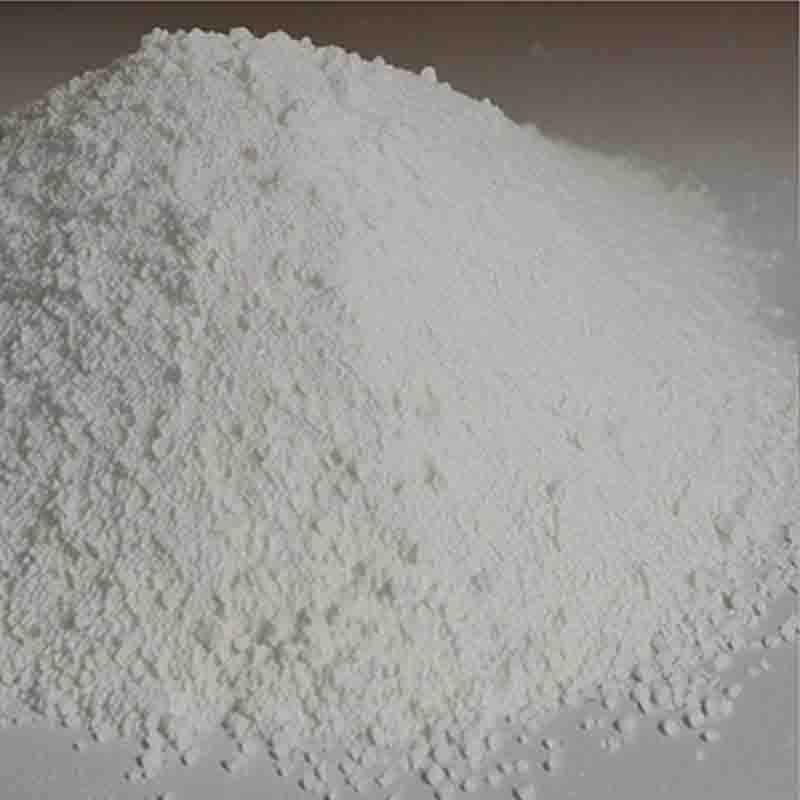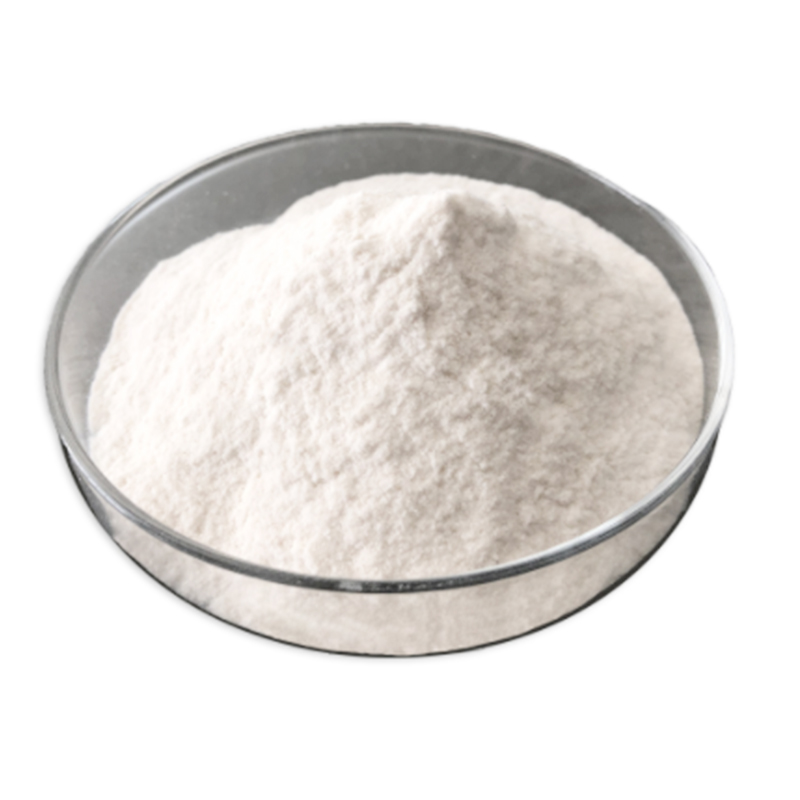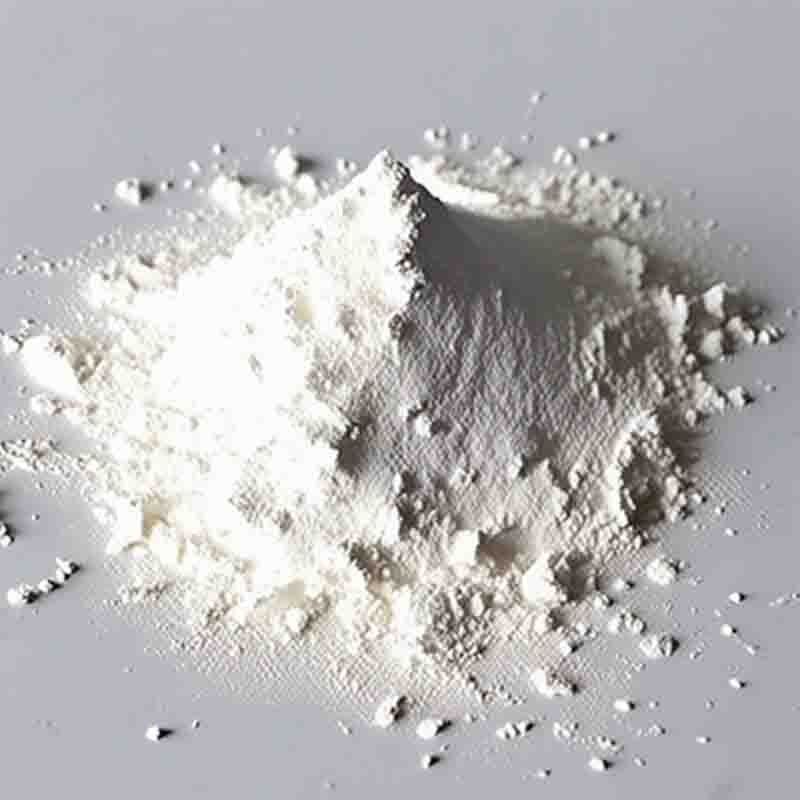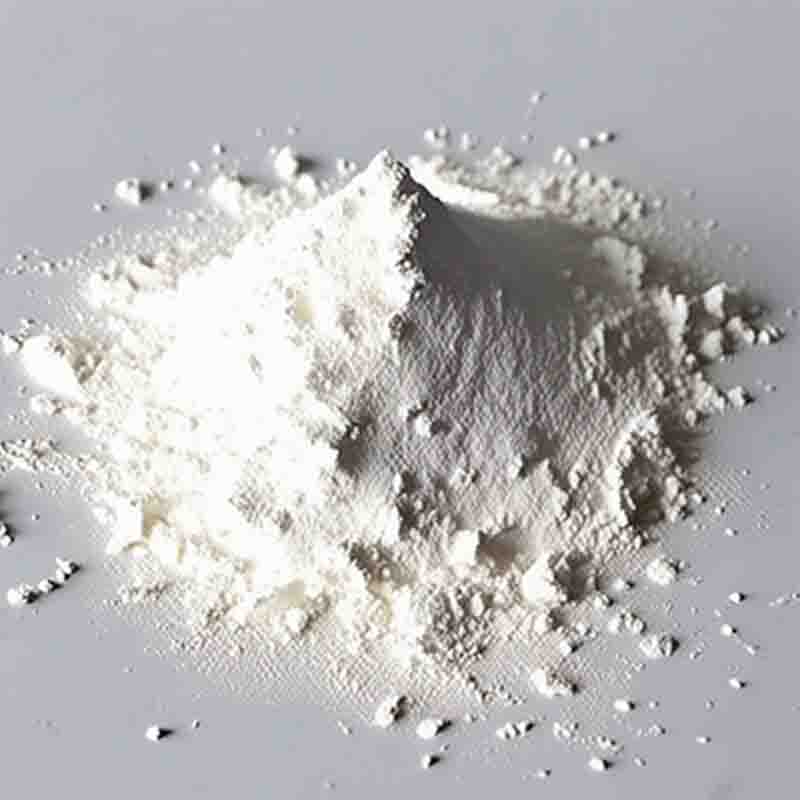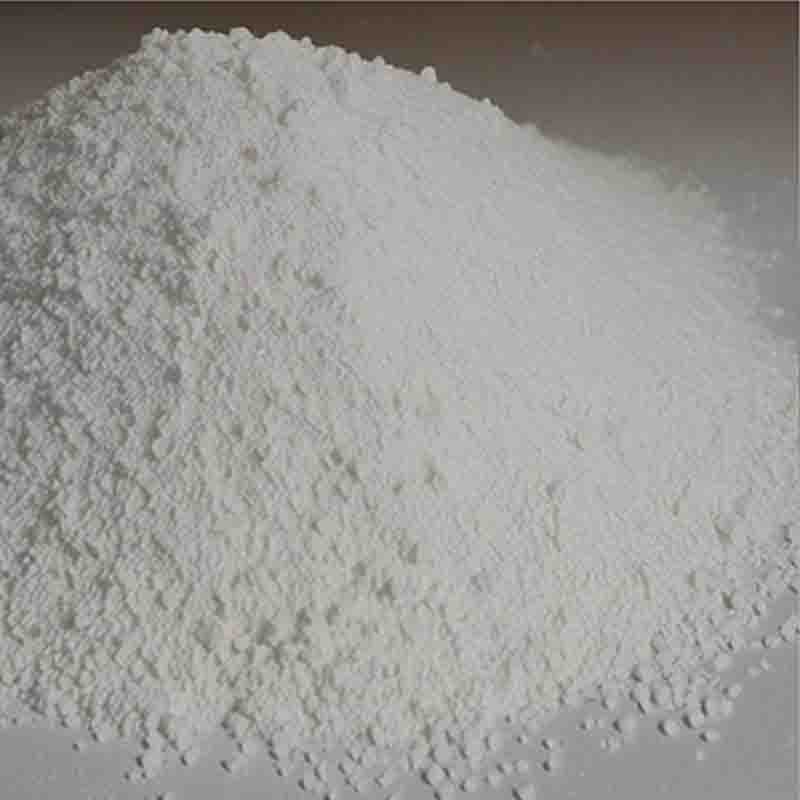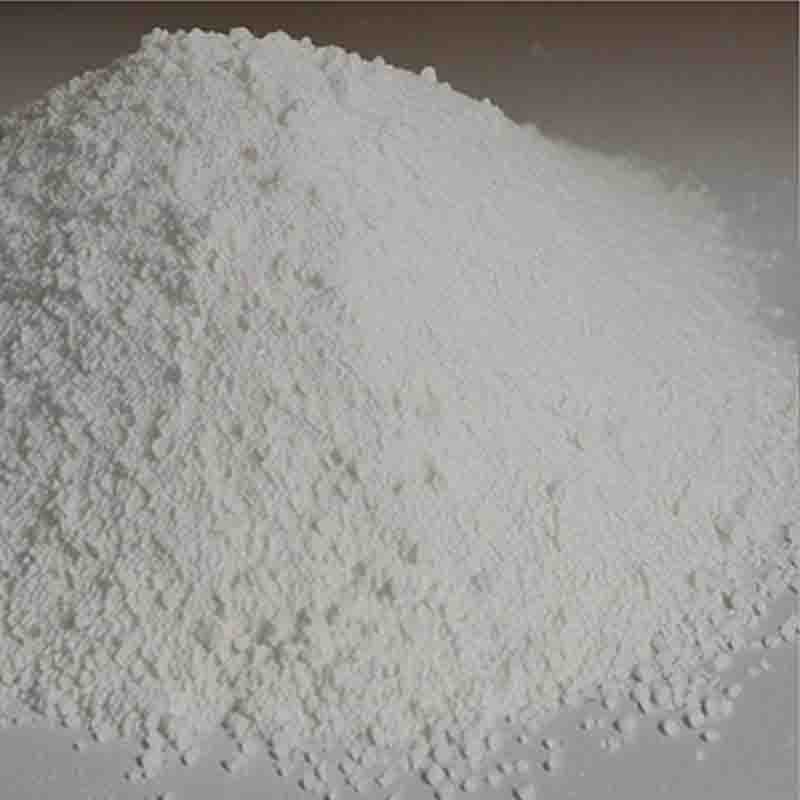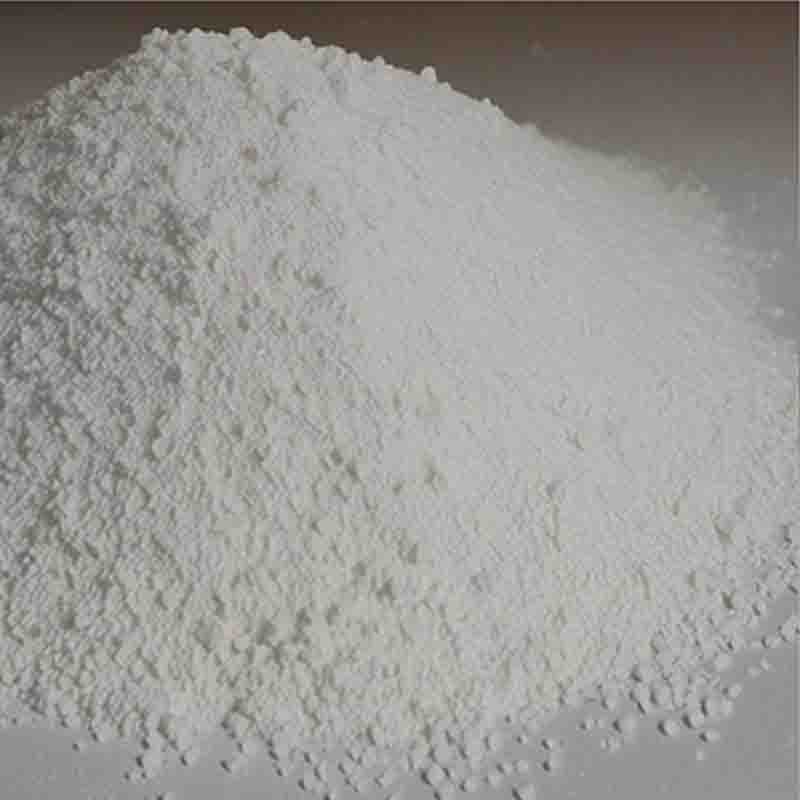3-Bromo-4-fluorobenzaldehyde CAS: 77771-02-9
| Catalog Number | XD94063 |
| Product Name | 3-Bromo-4-fluorobenzaldehyde |
| CAS | 77771-02-9 |
| Molecular Formula | C7H4BrFO |
| Molecular Weight | 203.01 |
| Storage Details | Ambient |
Product Specification
| Appearance | White powder |
| Assay | 99% min |
3-Bromo-4-fluorobenzaldehyde is a chemical compound that belongs to the class of benzaldehydes, which are aldehydes with a benzene ring substituent. This specific compound is characterized by the presence of a bromine atom at the 3rd position and a fluorine atom at the 4th position of the benzene ring. It has various potential applications in different fields, including pharmaceutical research, organic synthesis, and materials science.One of the primary uses of 3-Bromo-4-fluorobenzaldehyde is in medicinal chemistry. It serves as a valuable building block or intermediate in the synthesis of biologically active molecules, such as pharmaceutical drugs. Chemists can modify the structure of this compound by introducing different substituents or functional groups, enabling the development of new drug candidates with optimized pharmacological properties. The presence of the bromine and fluorine atoms provides unique steric and electronic effects, which can be crucial for biological activity or binding affinity.Furthermore, 3-Bromo-4-fluorobenzaldehyde finds applications in organic synthesis. Its unique substitution pattern allows chemists to explore new reaction pathways and develop novel synthetic methodologies. The bromine and fluorine atoms can serve as reactive handles to introduce various chemical transformations, facilitating the synthesis of complex organic molecules. Additionally, this compound can act as a versatile starting material for the synthesis of other benzaldehyde derivatives or building blocks for use in organic chemistry.In addition to its applications in pharmaceutical and organic synthesis, 3-Bromo-4-fluorobenzaldehyde may also find use in materials science. The bromine atom can contribute to the desired properties, such as thermal stability or flame retardancy, in certain materials. Additionally, this compound can be employed in the modification or functionalization of polymer matrices, providing enhanced properties such as improved adhesion or compatibility. By incorporating 3-Bromo-4-fluorobenzaldehyde into materials, researchers can tailor their properties for specific applications.Moreover, 3-Bromo-4-fluorobenzaldehyde can be utilized in the field of coordination chemistry. Its unique substitution pattern can allow for the formation of stable coordination complexes with transition metals or other metal ions. These complexes can serve as catalysts in various chemical transformations or as building blocks for the design and synthesis of metal-organic frameworks (MOFs) and coordination polymers. These materials have diverse


